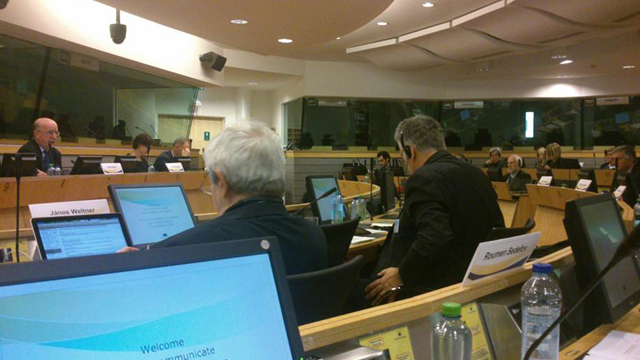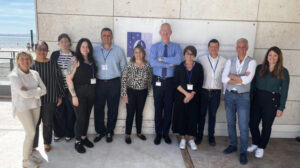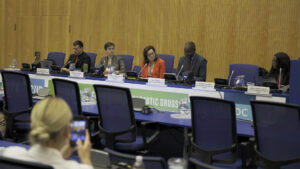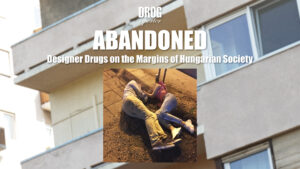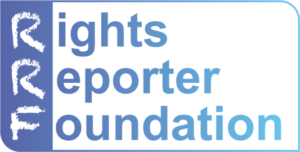The European Economic and Social Council (EESC) organized a public hearing on new psychoactive substances in Brussels on Wednesday
A wide range of people – decision makers, researchers and civil society activists – were invited to give an input to the discussion around the new regulation proposed by the European Commission. Dana Spinant, the head of the Drug Unit gave us a presentation on the EC proposal that aims to bring new substances under control quicker in order to remove them from the market and thus reduce the harms of their use. The European Monitoring Centre on Drugs and Drug Addiction (EMCDDA) will be mandated to assess the risks of new psychoactive substances. If a substance is reported to pose immediate risk, the Commission can introduce temporary consumer market restrictions. The EMCDDA risk assessment has three possible outcomes. First, if the substance is proven to be low risk, there is no need for further EU action. Second, if it has moderate risks, permantent consumer market restrictions will be put in place. Third, if the assessment concludes that the substance poses severe risks, the production and distribution of the substance will be criminalized.
European Parliament Rapporteur Jacek Protasiewicz, who is in charge of coordinating the EP’s response to the EC’s proposal, expressed his hope that an EU-wide regulation can make policies more effective because individual countries, including his own, have failed to find a permanent solution to this problem. He explained that after Poland has shut down hundreds of smart shops he thought this will bring an end to NPS use. To his dissappointment, distributors have found new marketing possibilities through the Internet.
John Corkery (University of Hertfordshire) and Roumen Sedefov (EMCDDA) outlined the trends of NPS use and related public health harms all across Europe. They pointed out that we are speaking about a very complex phenomenon: there are many groups of new psychoactive substances with very different psychopharmacological properties. People who use them can differ along age, social status, education. The use of these substances occurs in so many settings and can show different patterns according to geographical areas. The lack of reliable scientific evidence makes the risk assessment a real challenge. Where information might be generated, it is not collected. A significant investment into research of these substances is needed to produce reliable data.
In the afternoon session the proposal of the EC has been criticized from different sides. Mr. Des Corrigan (School of Pharmacy & Pharmaceutical Sciences) proposed to introduce an EU-wide generic list of controlled substances, that is, a list that bans groups of substances on the basis of similar chemical structure. Similar lists have been adopted in some member states including Ireland. He said this would effectively stop distributors from altering the chemical structure of substances in order to design substitues for illicit drugs. Ms. Spinant rejected this proposal on behalf of the Commission, saying that it is impossible to assess the risks of groups of substances because even substances with very similar chemical structure may have very different pharmacological effects. Some EU member states reject generic lists because of constitutional constrains: it is against the principle of the clarity of the law to ban substances that have never been synthetised before.
Gerard Humphris (University of St. Andrews) gave us examples of innovative e-health interventions to prevent NPS use and reduce its harms. He and his team has researched the use of communication technologies and social media tools to reach out young people, as well as on-site services at night clubs in the UK.
As a civil soceity speaker I highlighted the shortcomings of the Commission’s proposal from the civil society’s perspective. I presented the findings of a survey we made among professionals from 5 countries (Serbia, Portugal, Poland, Romania, Hungary) on the percieved impact of policy responses to NPS use. Government action focuses only on banning new substances and it is driven by media pressure and not on evidence. By banning new substances the government compels designers of research chemicals to create legal substitutes for banned substances. Control measures do not produce permanent reduction in supply and demand but only a replacement of the problem. The variability of the drug market is a significant risk factor in itself because it makes the market less transparent, even professionals cannot follow the changing trends, behaviors and harms. The public health dimension of the phenomenon is overlooked by governments, there are very few prevention, treatment and harm reduction interventions, and most of those are fear-based mass media campaigns with questionable effectiveness. There is a growing concern about the injecting use of NPSs (stimulant NPS users may inject 10-15 times a day), the HIV epidemic among Romanian injecting drug users is closely associated with NPS injection. At the same time, financial austerity measures hit harm reduction programs very hard in Europe, instead of scaling up there is a decline in access to these services. I recommended decision makers to reallocate political attention and funding from law enforcement to public health and social interventions and to follow the example of New Zealand that has chosen the regulation of the market instead of prohibition.
The EESC moderators, Mr. Akos Topolanszky and Mr. David Sears thanked all speakers for coming together and sharing their views on the regulation of NPSs, their position paper on the subject will be published in January.
The presentations are available here!
Posted by Peter Sarosi
